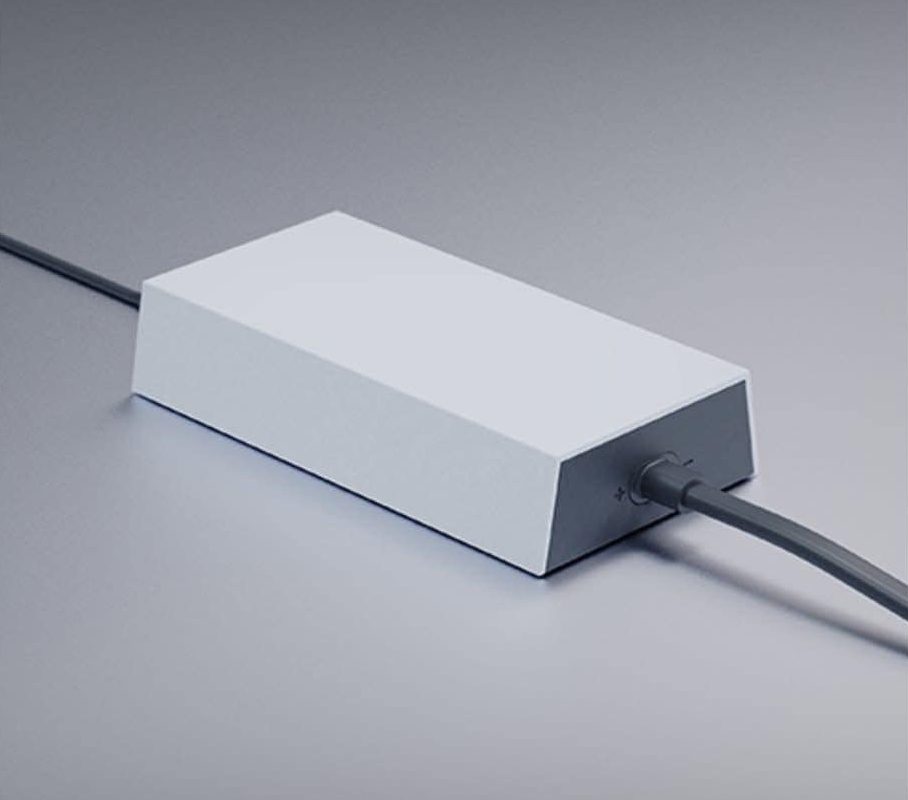Starlink has announced a dedicated DC-to-DC power supply for its Standard terminal, finally offering a manufacturer-approved solution for off-grid and mobile users. The unit allows users to power their dish directly from a 12V–48V DC source — cutting out the need for a power-hungry inverter and messy DIY fixes that have long been the norm for remote installations.
The new supply accepts a wide DC input range — anything between 12 and 48 volts — and outputs the 56V DC needed by the Starlink router, which in turn powers the dish via Ethernet. The device features XT60 connectors on both ends and uses 12 AWG wiring, making it plug-and-play for anyone already using XT60 battery gear, or easily adaptable with converters for Anderson plugs and other DC systems commonly found on boats, campervans, and off-grid builds.
It’s estimated the dedicated unit could save users 20–25% in energy loss compared to using an AC inverter, which typically burns off excess power just converting battery energy into mains. For systems running on limited solar capacity — such as many homes on Great Barrier Island — the difference could equate to several hundred watt-hours per day in improved efficiency.
Until now, many off-grid Starlink users in New Zealand have relied on custom-wired setups, with some soldering together crude DC boards, sometimes pulling modules off e-bikes or CCTV kits. A handful of local garage enthusiasts even designed and sold their own DC-DC boards online.
Starlink’s official unit offers a perhaps neater and safer option — but it’s not yet officially available in New Zealand. Currently, it’s only listed for sale through Starlink’s U.S. storefront, though several early adopters on Barrier and the Coromandel have reportedly imported units via mail-forwarding services or secondhand resellers.
The launch comes as Starlink also pushes its newly announced Starlink Mini, a compact version of the terminal aimed at portability. Uniquely, the Mini can be powered via USB-C PD (Power Delivery), opening up the possibility of running a Starlink connection from a power bank or lightweight solar setup.
But the Mini comes with trade-offs. While it’s more energy efficient and ideal for emergency kits or occasional field use, it lacks the antenna size and power of the full-size dish — meaning lower speeds, reduced coverage in marginal areas, and no Ethernet port without an adapter.
For now, the Standard terminal remains the workhorse for most permanent off-grid installs — and with the new DC-DC supply, it’s finally a whole lot easier to run properly off batteries.







